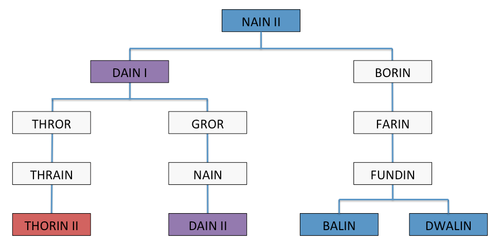From detailed lesson plans to simple, everyday activities, you will find everything you need to help your children succeed. Explore the MA Early Learning Curriculum for children 3—5 or fun, low-cost activities for children birth—3. Watch video-based trainings to help you use best practices in your setting. Lessons are updated frequently to reflect the real world, current events, and student interest. A recently shared math lesson, for example, helps students learn about the competitive sport of fencing, along with the resulting mathematical problems and equivalent expressions that help determine the number of matches played per tournament. Sindarin Lessons. Home Lessons Mutation chart Resources Forum Links & Products Resources. Grammatical terms List of MB words List of ND words List of NG words-ATH Vocab Slideshows Language of the hands. Powered by Create your own unique website with customizable. We would like to show you a description here but the site won’t allow us. Reading Lesson Plans & Activities. The resources provided by The Teacher's Corner cover a variety of literacy-focused topics such as: comprehension, word lists, centers, reading skills, vocabulary, and more.

- About
- Teachers
- Administrators
- Parents
- Learn
In this series of games, your students will learn about renewable and nonrenewable resources, how we use them, how they are distributed, and how they get replenished — or don’t. The Natural Resources learning objective — based on NGSS and state standards — delivers improved student engagement and academic performance in your classroom, as demonstrated by research.
Scroll down for a preview of this learning objective’s games and the concepts they drive home.

Concepts Covered

Everything humans use — from food to clothing to cars to buildings — comes from materials found on Earth known as natural resources. Water, plants, animals, soil, rocks, minerals, oil, gas, air, wind, and sunlight are all examples of natural resources.
Learn Sindarin Elvish
Some natural resources are renewable, which means as we use them, they can be replaced quickly, within a human lifetime. Sunlight, wind, plants, and animals are all renewable resources.
Others are nonrenewable and exhaustible, so we can run out of them and they won’t replenish in our lifetime. For example, fossil fuels like oil and gasoline take millions of years to form, so when we exhaust them as a resource, we will not be able to use them again.
Some resources are nonrenewable but also cannot be used up, so they are inexhaustible. Water, rocks, and minerals all go through natural cycles but cannot be destroyed or created, making them nonrenewable, inexhaustible resources.
Different places are home to different natural resources. Geographic features and climate determine what kind of plants and animals can exist in an area, as well as how much water, wind, and sunlight that area gets.

Geologic history also affects natural resources. Oil and gas come from certain kinds of fossils, and other rocks and minerals depend on very specific processes in order to form.
Even humans can determine where natural resources exist — or, more often, where they don’t exist. We can cause deforestation by cutting too many trees, extinction by hunting too many animals, or depletion of minerals by mining.
In total, there are nine games in this learning objective, including:
- Natural
- Whirling World
- The Story of Natural Resources
- Henry the Clownfish
- Resourceful Adventure
- Natural Resources
- Wealthy City
- Grabber: Natural Resources
- Pipe Mechanic: Natural Resources
How To Speak Sindarin Elvish
A further preview of each game is below.
You can access all of the games on Legends of Learning for free, forever, with a teacher account. A free teacher account also allows you to create playlists of games and assignments for students and track class progress. Sign up for free today!